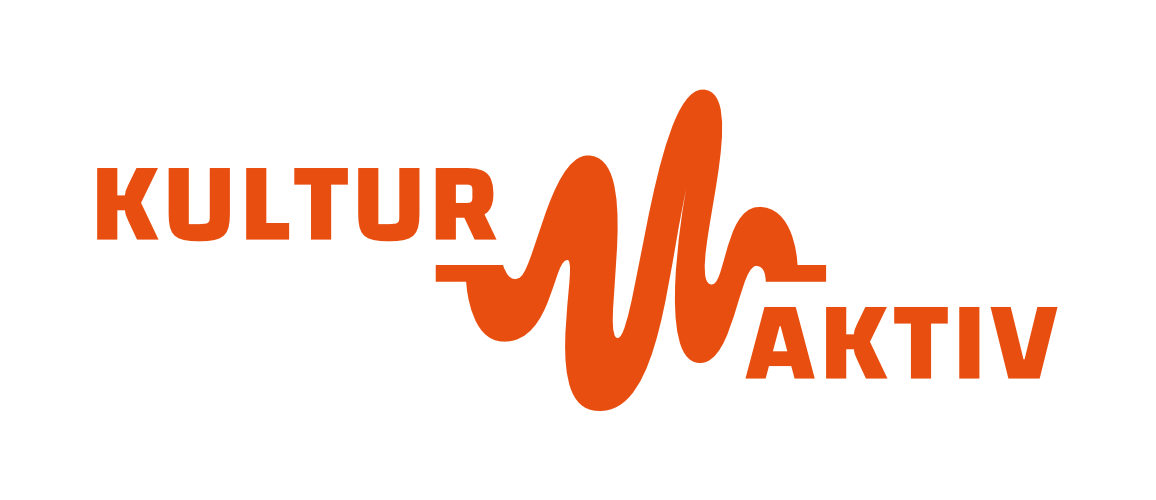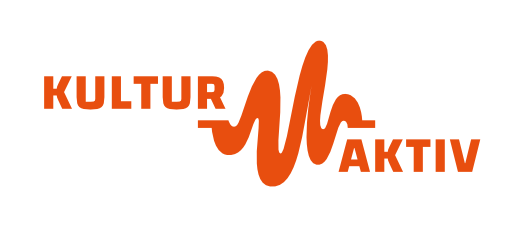
What do Barbara, Bui, Hung, Inge, Luis and Wolfgang have in common?
They have lived in Dresden for over 40 years. How do they remember the GDR era? What was everyday life like in the GDR, especially for immigrants?
And Akam, Christine, Douha, Mahsa or Rita, who moved here after reunification or during the flight movements in 2015? What connection do they have to the country that no longer exists when they arrive in Dresden?
Treffpunkt ostZONE made it possible to remember, recount and question one’s own experiences during the GDR era. The memories are anchored in people’s worlds of experience and are very different. For everyone, they are shaped by different, specific images. Which memories are present, what is remembered and how? Are there intersections with the memories of others?
The artists in our project encouraged the participants in the market cafés, district walks, podium discussions and biography art workshops to make their memories visible through and with art.
The result: The participants created expressive works and an extensive collection was created. Memories of or about the GDR era are becoming more and more polyphonic and enrich the culture of remembrance.
Some of the works are presented here. We hope you enjoy browsing.
Gorbitz
18.06.2021 – Market café and district walk „Immigration in the GDR – yesterday and today“ with Anja Maria Eisen
Visual Facilitation
Anja Maria Eisen
Collages on Paper / A5
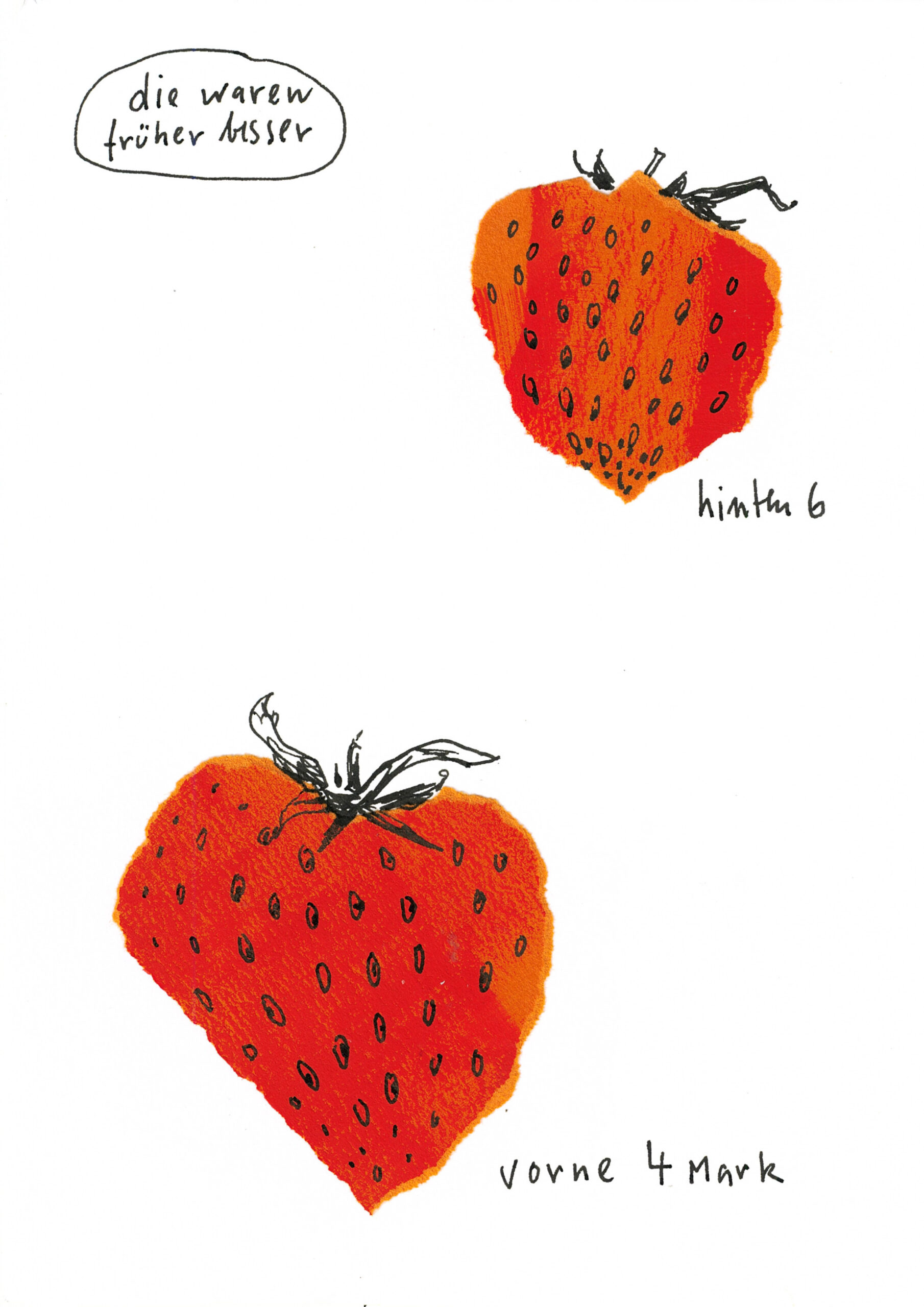


Collages
Collective works of the participants
Canvas, textile and paper
40cm x 30cm



Fragments of memory were put together with the participants to form a whole. This creates a large associative surface that offers the viewers the opportunity to discover themselves in this cosmos.
„I think, therefore I am.“
Participant collage
30cm x 20cm / Canvas, textile and paper

19./26.06.2021 – Biografie-Kunstworkshop MemoryCOLLAGES | Project books
with Nadine Wölk
Remembrance books
Nadine Wölk, works of the participants
Upcycling / old documents, SW copies, certificates, photos


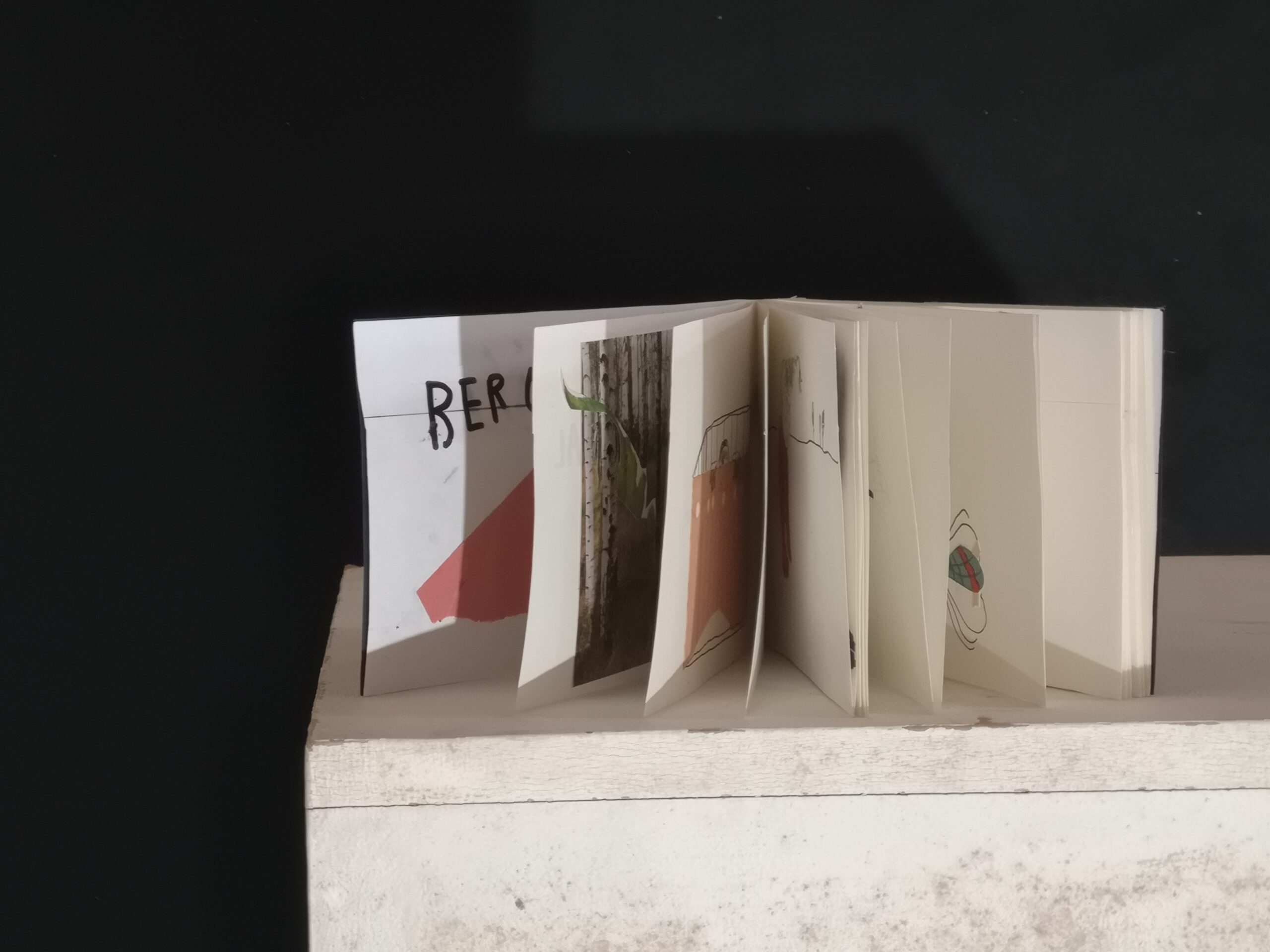
Snippets of memories or sequences, recipes, quotes, concepts, mnemonics, insights, jokes and philosophical approaches – The own reflection allows an examination of the THEN and TODAY. Nadine Wölk created the books individually by hand. The participants filled them with their memories
Johannstadt
02.07.2021 – Market café with Authors of the city district magazine “Zeile” and Nazanin Zandi
Visual Facilitation
Nazanin Zandi
Paper / A5
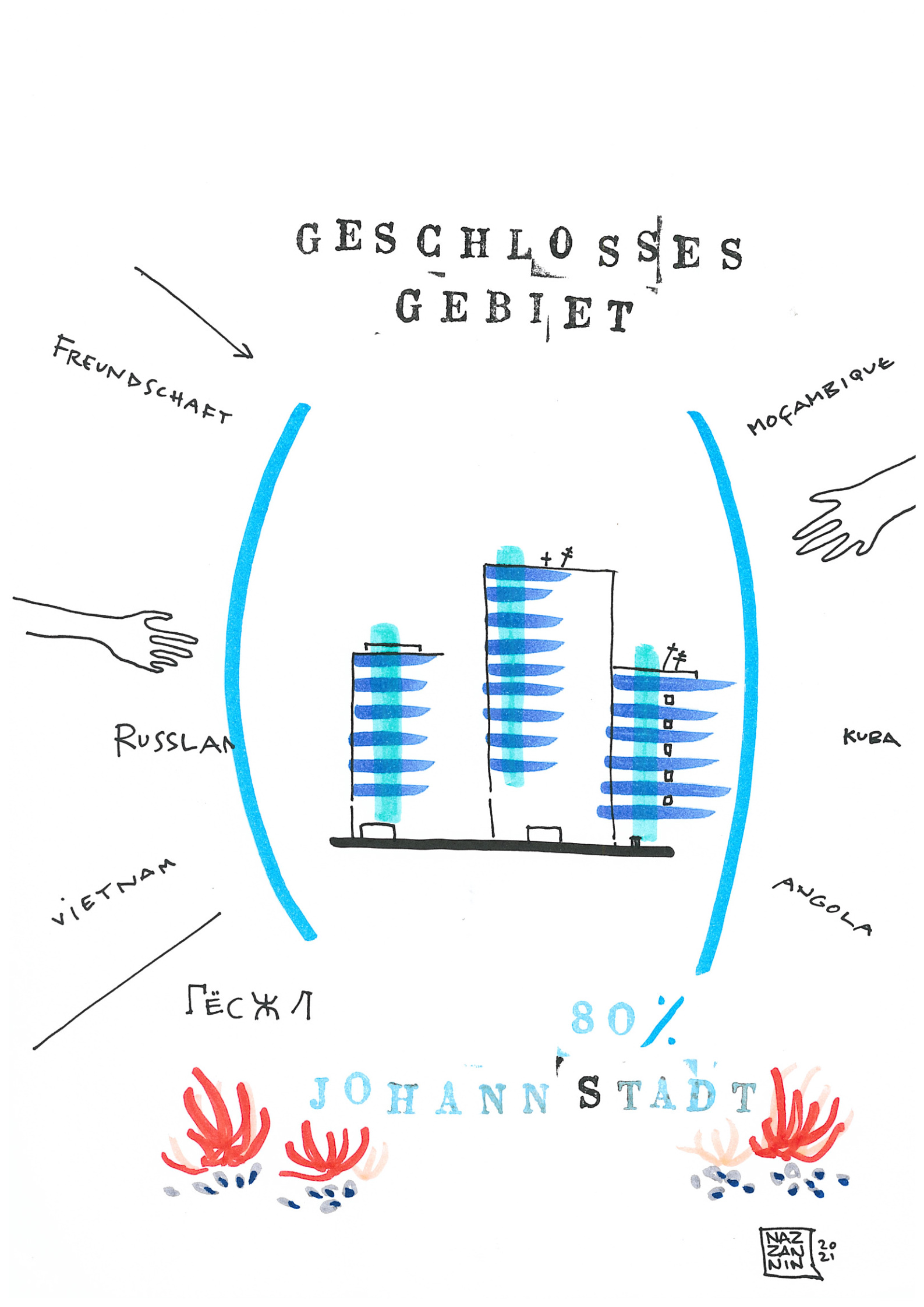
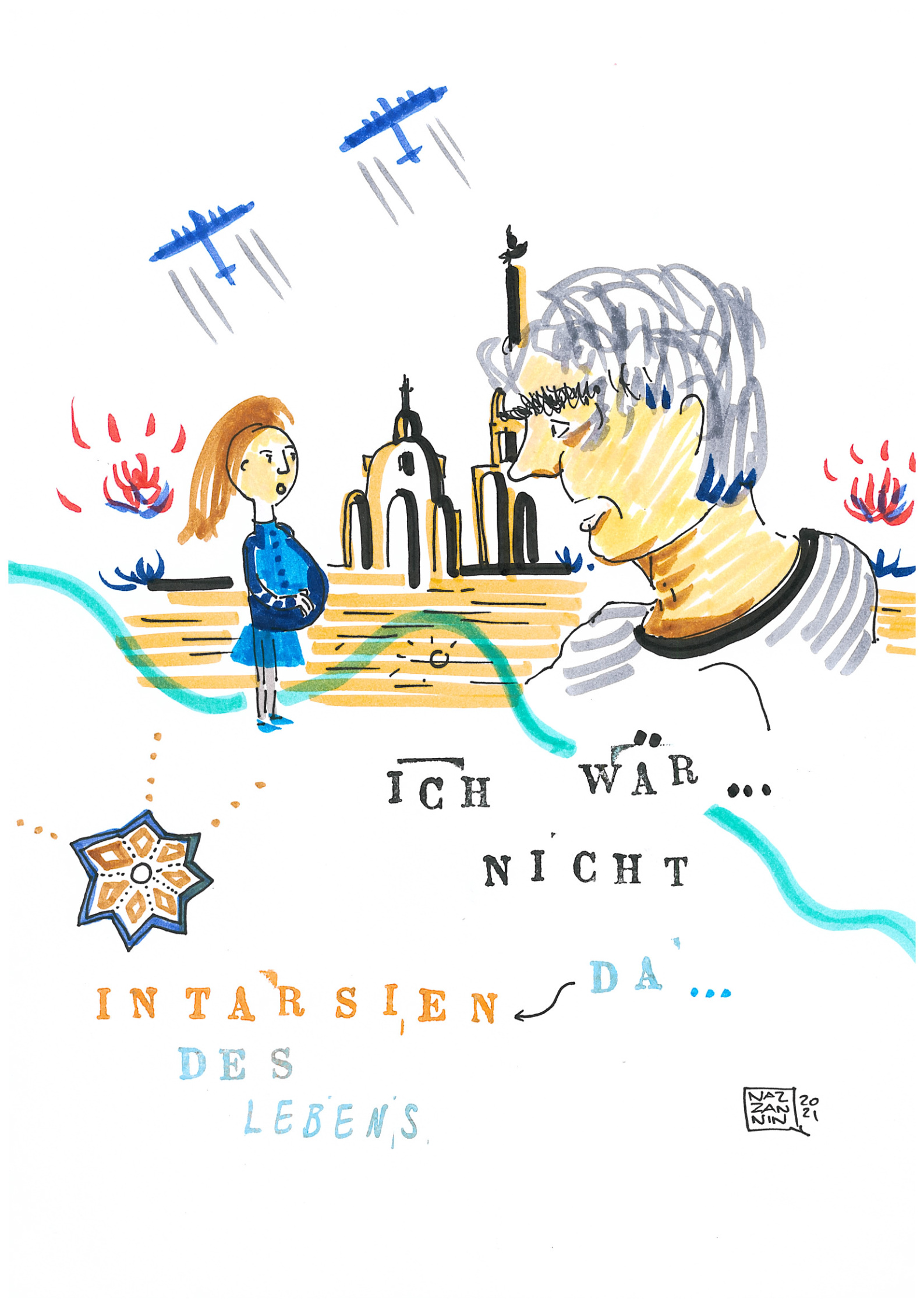

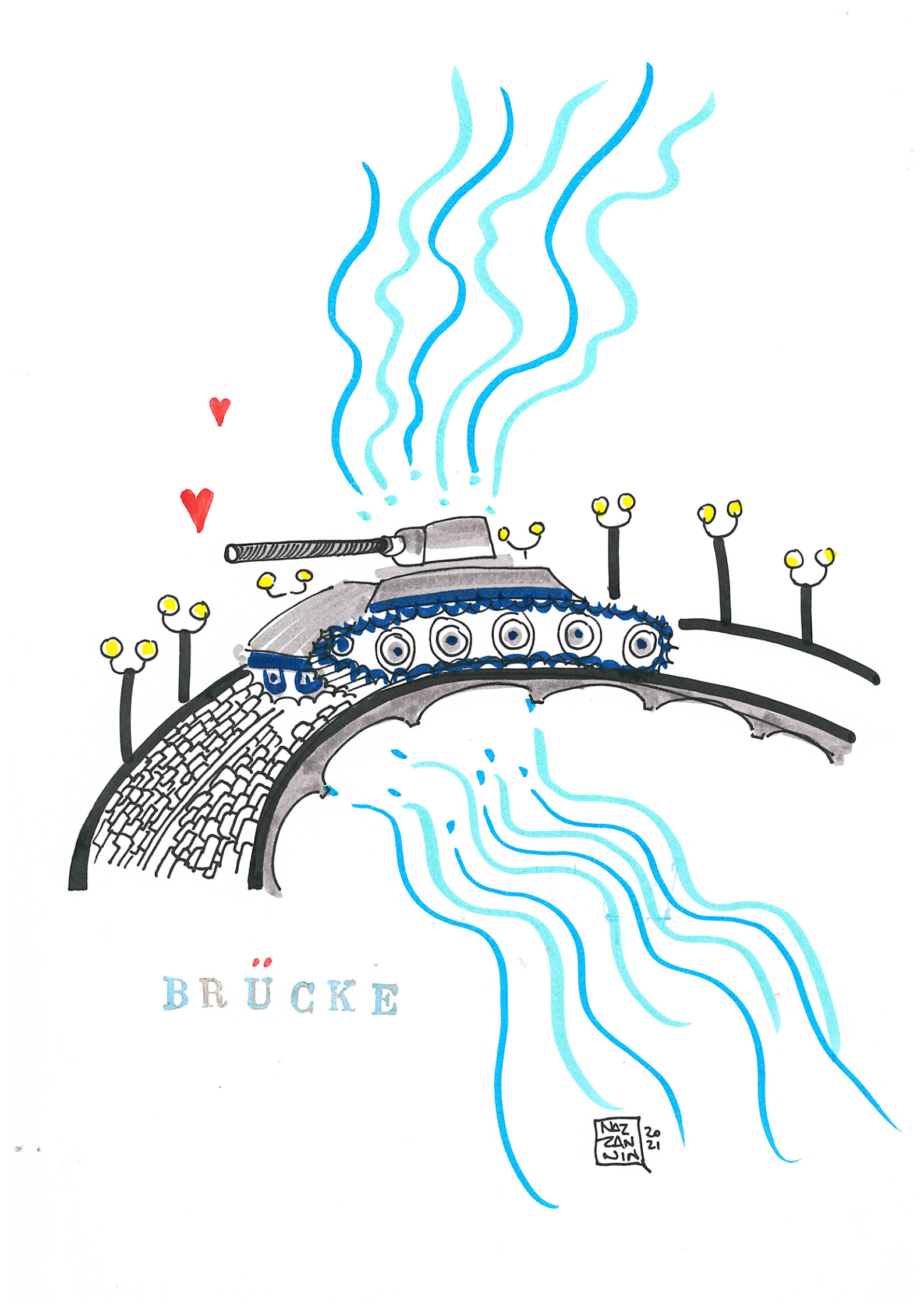
Nazanin Zandi about the event
„At the market café in Johannstadt, I was very impressed by the biographical memories of those present. Wolfgang Hunger talked about his youth and his time as a worker in the panel factory at that time. He was responsible for tiles and inlays, this I have drawn in the graphics. And he told us about his childhood, about tanks on bridges and about the “restricted areas” where contract workers lived, separated from the GDR reality that took place outside. (…)“
„Windows and doors of Johannstadt“
Moussa Mbarek and the participants
Printed collages / paper / postcard format DIN long



We have been accompanied by questions about our own closed or opened doors of life. One door slams shut, another opens. Only those who can remember know who they are.
Graphic Recording
Antje Dennewitz
Pens, paper / A0

10./17.07.2021 – Biography art workshop „Moments of life“ – Experiences and memories
with Moussa Mbarek and Nazanin Zandi
Linoleum print
Works of the participants
Paper / A4



Many memories of life disappear, are cut away and remain invisible. Some remain forever, as in linoleum printing, where only the upstanding parts remain printed.
10./17.07.2021 – Biography art workshop „Who am I?“ Experiences and memories in comic style
with Moussa Mbarek and Nazanin Zandi
Comic style collage
Joint work of the participants
Paper, cardboard, pens / 120 x 50

Moussa Mbarek about the event
„Following personal impulses, we worked together with Nazanin Zandi to create collages that took on a special life through the form of comics. In addition, we used the method of linoleum printing to make events and experiences visible.(…)“
Neustadt
Objects / Visualization / Photography
Susan Donath
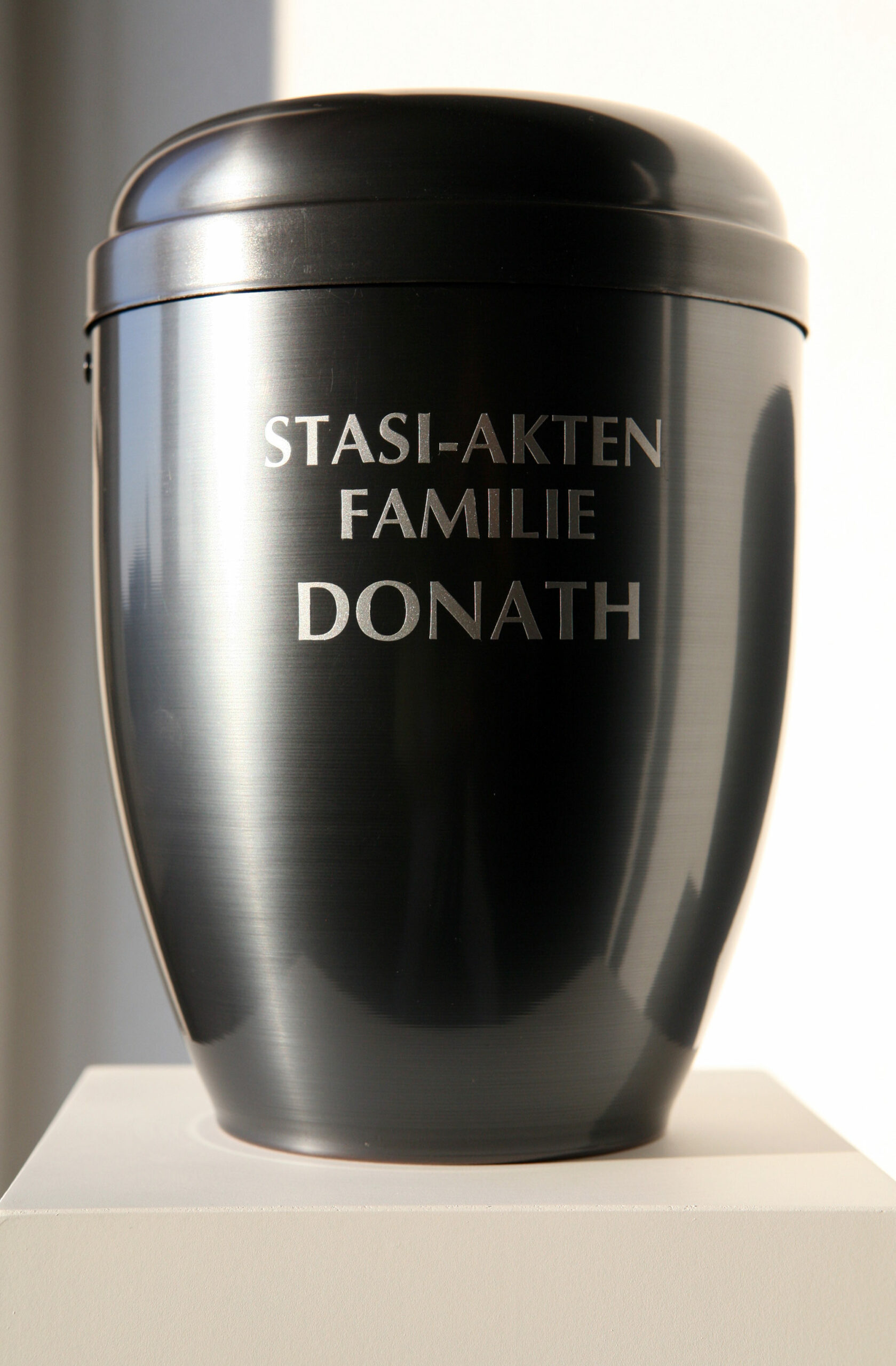

Artistic examination of dealing with Stasi files in confrontation with the own family
Drawings
Elena Pagel
Cardboard / A1


Photography
Susan Donath

LAST WORDS of the participants
„Several times I would not have existed, a bomb exploded next to my grandfather, a bullet grazed the helmet of my father, a peace flag in white on the balcony of my mother was the cause of a shot by a sniper…“
„So many questions still open, the young men who died in 1952, …“
„These graves here of Soviet or Russian soldiers are the only visible signs of the presence of these people here in Dresden (1945-1992).“
„Яна Борисова, born and died in 1987 Dresden“
„This is a teardrop shape…you noticed, in Russia or Eastern Europe it is standard. I didn’t think about it before, but after your comment, I started reading about what meanings the wreath shapes have in funeral floristry in Russia. Earlier, in the USSR the funeral wreaths were only in teardrop shape. More recently (influence of Europe, apparently) there are also heart and circle shapes. Wreaths in oval or teardrop shape are a symbol of sorrow, sadness and suffering of the heart and soul…“
„Thank you for this insight and conversation with and in the group. You have let me participate in something.“
„I am moved by the names, their stories, their biographies.“
Prohlis
BENUZ
Canvas, Acrylic / 60 x 60

Benuz about the event
„I have accompanied the event with my association painting. I took bright colors for my painting, because our world is colorful and diverse, also in Dresden.
On the canvas the face is drawn of the abstract prototype of a man in calligraphy style. Calligraphy style means a lot to me. This technique is discovered in many ancient cultures: Greece, China, Japan, Korea. There are Western, Hebrew, Arabic and Slavic calligraphy.
Among other things, I heard the following terms during the participants’ conversations and integrated them into the image as letters, words and graphic elements: Home, possibilities, hope, typical, country, decision, memory, guilt.
Very often, especially in Dresden, I hear how we foreigners are criticized and hated by some locals. This is mostly done by Germans who do nothing at all for their own homeland, who only want to take and have.
I really liked and share the opinion of a contemporary witness from the panel: ‘In the end, it is not important where people come from, but what they do for society and culture.’“
3D Objects
Objects of the participants
Wrapping paper, acrylic paints, decorative material



„My first Mask“ by Wolfgang Scheder (Mask in the middle)
„In my life, I didn’t need two faces. That changed one day in September 2021.
At the biography art workshop, I just wanted to watch the attendees create, until I was encouraged by Frau Wagner to make something out of paper. I gladly took up her idea of creating a mask. After she had wrapped me, actually my head, I began with the further shaping of the material. So I am now times.“
„Tschernobyl“
Evgenia Natzschka
Wrapping paper, acrylic paints, decorative material

„Chernobyl nuclear disaster, 26.07.1986“ by Evgenia Natzschka
„I was still in elementary school, not fully 10 years old. It was the weekend and I was looking forward to playing outside with friends all day. My parents were all weird. I was allowed to go outside and my mind was far away – on the playground, the green meadow, riding my bike and the infinitely beautiful river. I finally had my first bike that year. (It was too contaminated to pick up then). I didn’t see anyone outside. The streets were empty. The air felt so clean, it must have rained during the night. A while later, Mother called me back home. When I came in, a man was talking on the radio. We were being taken out of town on buses for a while. We were only supposed to take something for a few days.
I remember riding in a bus convoy. Everyone was friendly and thoughtful. I never came back to my room, my apartment and the city.
One still feels like with a heavy stone inside. Like an unreachable mountain has remained where I was allowed to be a child.“
Individual and collective works of the participants
Ink, acrylic, paper / A4

Home, possibilities, hope, typical, country, decision, memory, guilt. All these terms are the basis of the various calligraphies of the participants.
Joint work of the participants
Canvas, ink, acrylic, spray
300 x 210 cm

Südvorstadt
Xenia Gorodnia
Textile, Fabric, Thread / 60 x 40

The Veritas sewing machine, the everyday object of the Vietnamese contract workers in the textile industry of the GDR.
01.10.2021 – District walk „ Remember Südvorstadt“ with Xenia Gorodnia
Memories of the participants
Arrangement by Xenia Gorodnia
Poster, collages
Paper / 60 x 40

Collage
Works of the participants
Plaster, wood / 60 x 60

The Formstein system of the artists Karl-Heinz Adler and Friedrich Kracht consists of 12 basic stones and forms the basis for the examination of GDR art in construction and GDR colors.
Works of the participants and Janina Kracht
Paper / 30 x 30 / 3 x 3

Playing with form and color to create new realities.
Works of the participants
realized Xenia Gorodnia
The designed elements were staged in short film sequences using the stop-motion technique and playfully animated into patterns and changing graphic figures.
Altstadt
Nadine Wölk
Paper, Document proof ballpoint pen / A4



Nadine Wölk about the event
„Parallel to the market café of Janina Kracht about the development of the formal language of her father Friedrich Kracht in the GDR in the context of art in construction, I have worked out three different graphics in blue and white with document-proof ballpoint pens. The longer I dealt with Friedrich Kracht and Karl-Heinz Adler, the more I wanted to keep the graphics stylistically rather monochrome and reduced in the overall effect and moved away from colored alternatives.
In these three graphics I first approach Friedrich Kracht very portrait-like, especially since I could find only one photo (on Wikipedia) of him on the Internet. In the other two graphics I move further and further away from him, in that in the end he will only be recognizable as a shadow and outline. Thus the form language developed by him wins gradually more and more the upper hand and as conceived by him, the forms break in the light and shadow or disappear completely in the darkness. They are constantly in the process of dissolving, recomposing or almost disappearing. This exciting interplay between positive forms and their negative counterparts, forms that are often only remaining fragments, have me graphically and formally by their special aesthetics very much under their spell.”
Visual Facilitation
Anja Maria Eisen
Collages on Paper A5

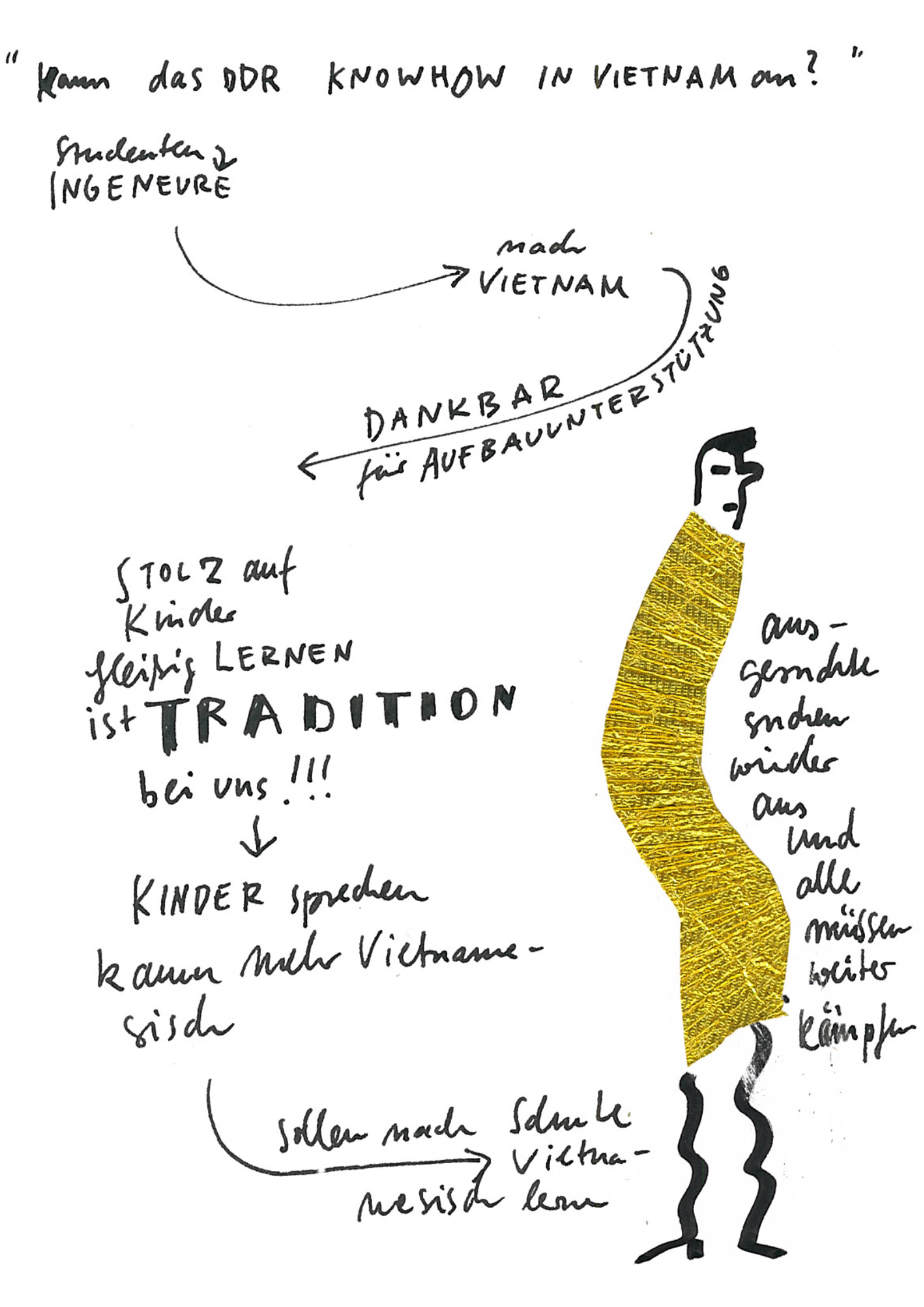

The project Treffpunkt ostZONE. Remember and Shape is funded by the House of Resources Dresden +. This measure is co-financed with tax funds on the basis of the budget passed by the Saxon state parliament within the framework of the state program Integrative Measures.
